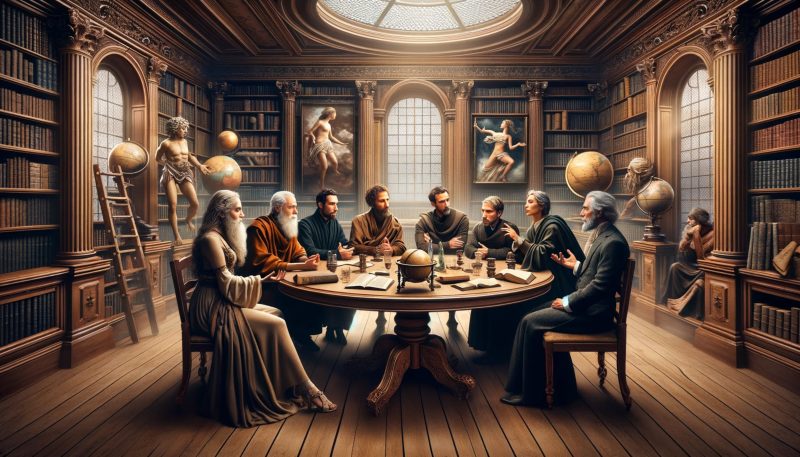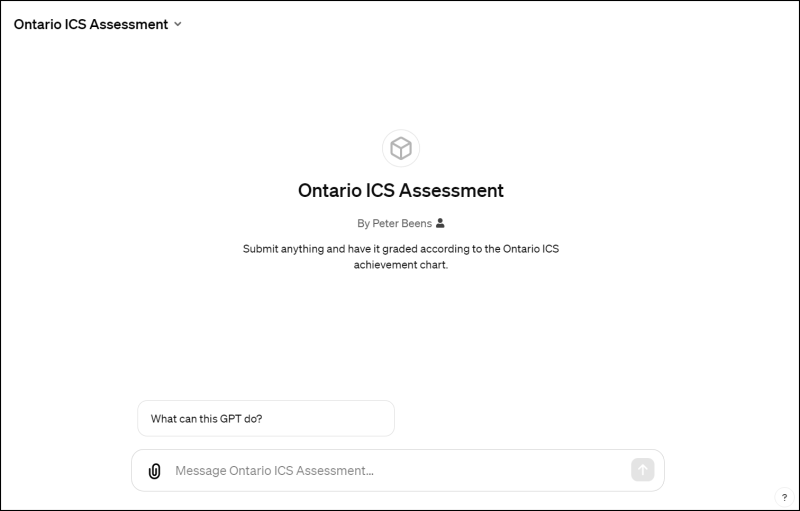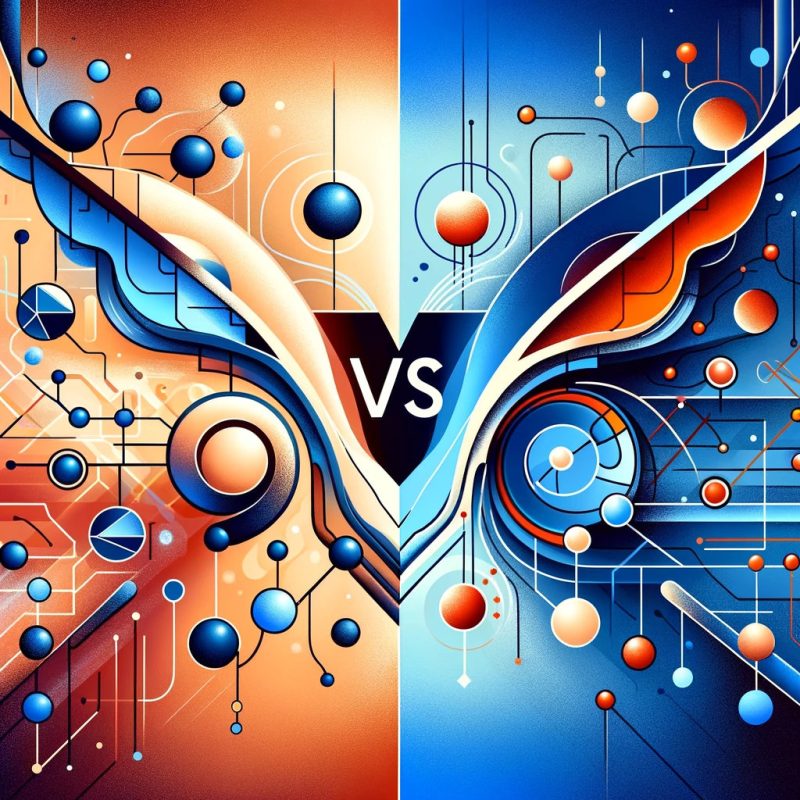In this post, we’ll take a close look at the various ChatGPT models available, their key features, and when you should consider using each one. This will help you understand how to choose the most appropriate model for your needs, whether you’re writing content, solving complex problems, or focusing on high-speed queries.
Continue reading “Explaining ChatGPT’s GPT Models: Which One Should You Use and When?”CamelCase vs. Lowercase Hashtags: A Debate on Readability, Simplicity, and Innovation in Digital Communication
This post has been created using my Peter’s Visionary Debaters CustomGPT with the prompt “Debate the merits of using CamelCase vs all lowercase for hashtags/tags in social media posts and task management software.”
Continue reading “CamelCase vs. Lowercase Hashtags: A Debate on Readability, Simplicity, and Innovation in Digital Communication”
Did Buying a Hybrid Save Me Money?

When I wanted to find out whether my 2013 Hyundai Sonata Hybrid saved me money compared to the conventional gas-only model, I used ChatGPT to crunch the numbers. Initially, the hybrid had a $4,000 premium over the non-hybrid version. Here’s how we factored in Ontario’s fluctuating gas prices and my car’s lifetime usage to assess whether it was a good financial decision.
Continue reading “Did Buying a Hybrid Save Me Money?”Philosophers Debate: Navigating the Intersection of AI and Education

Welcome to an experiment using my new “Peter’s Visionary Debaters” Custom GPT, available at https://chatgpt.com/g/g-j7VppiEeO-peter-s-visionary-debaters.
Continue reading “Philosophers Debate: Navigating the Intersection of AI and Education”What does Spring Arrive? (According to ChatGPT)

I love ChatGPT. I pretty much use it all the time now instead of Google. So when I turned to it to ask the simple question “When does spring arrive?”, I was met with this overly complex response:
Continue reading “What does Spring Arrive? (According to ChatGPT)”My Custom GPTs

For those of you with a ChatGPT Plus account, here are the public custom GPTs I have created. Some were created primarily for my own personal productivity, while others were designed to benefit educators.
Continue reading “My Custom GPTs”New Custom GPT: Find Keywords – A Powerful Tool for Content Analysis

I’ve created a new Custom GPT that will reduce text to just the keywords. The GPT is named Find Keywords and can be found at https://chat.openai.com/g/g-mL985wIE7-find-keywords.
Note that it requires a subscription to ChatGPT Plus. Unfortunately, OpenAI does not offer trial subscriptions, and subscriptions cost $20 USD per month. Personally, I find the subscription well worth it for both personal programming projects and for personal productivity.
Continue reading “New Custom GPT: Find Keywords – A Powerful Tool for Content Analysis”ICS Assessment GPT

Introduction
Just for fun I wanted to see if I could create a custom GPT (Generative Pre-trained Transformer) that could use The Achievement Chart for the Grade 10 Computer Studies Course to assess assignments from any of the ICS Computer Studies courses.
The instructions I gave it were:
Continue reading “ICS Assessment GPT”Google Gemini vs ChatGPT: Generating Alt-Text. Who Wins?

Introduction
I’m currently subscribing to ChatGPT and Google Gemini to test them both out. One of the tasks I often use chatbots for is creating alt-text for my images.
For the importance of using alt-text in your images, see this post.
The prompt given to Gemini and ChatGPT was: ‘Alt text for this image‘.
Here is the image I used. Note that it includes text instructions and images.
Continue reading “Google Gemini vs ChatGPT: Generating Alt-Text. Who Wins?”The Importance of Alt-Text in Enhancing Digital Accessibility and Engagement

This blog post, created by ChatGPT, supports another post of mine where I test ChatGPT and Google Gemini to see which is better at generating alt-text.
In the digital age, images are ubiquitous, serving as a powerful tool for storytelling, marketing, and communication across various online platforms. However, the visual nature of images can inadvertently exclude a significant portion of the audience, particularly individuals with visual impairments who rely on screen readers to navigate the internet. This is where alternative text, commonly known as alt-text, becomes a critical element in creating inclusive and accessible digital content. This blog post delves into the importance of using alt-text when posting images in blog posts or on social media, highlighting its impact on accessibility, search engine optimization (SEO), and user engagement.
Continue reading “The Importance of Alt-Text in Enhancing Digital Accessibility and Engagement”